
- Hjem
- Diverse lommekniver
- Kniv Type
Kniv Type
Ta kontakt
Send oss gjerne din forespørsel. Vi hjelper deg veldig gjerne.
HT LOMMEKNIVFABRIK
nr. 489, Qiaoping 1st Road, Yangxi County, Yangjiang City, Guangdong-provinsen, Kina
Salgsdirektør
Den ultimate guiden til knivtyper: Fra EDC Essentials til utendørsverktøy
En lommekniv er et viktig verktøy for daglig bære, og tilbyr allsidighet og bekvemmelighet i en kompakt pakke. En av de mest avgjørende aspektene ved en lommekniv er bladformen, som bestemmer funksjonaliteten og egnetheten for ulike oppgaver. I denne omfattende guiden vil vi utforske den fascinerende verden av bladformer for lommekniv, som hjelper deg å velge det perfekte bladet for dine behov.
Hva gjør lommeknivblader unike?
Lommeknivblader kommer i en rekke former og størrelser, hver designet for spesifikke formål. Bladformen påvirker knivens skjæreevne, styrke og allsidighet. Å forstå disse forskjellene vil hjelpe deg å velge den ideelle lommekniven for dine daglige bærebehov.
"Riktig bladform kan utgjøre hele forskjellen i hvor effektivt du bruker lommekniven." – Kniventusiast og friluftsmann
Her er en rask sammenligning av noen vanlige bladformer:
| Bladform | Styrker | Beste bruksområder |
|---|---|---|
| Drop Point | Allsidig, sterk spiss | Generelt formål, jakt |
| Klipppunkt | Skarp, presis spiss | Detaljarbeid, piercing |
| Tanto | Sterk spiss, god til piercing | Taktisk bruk, tunge oppgaver |
| Sauefot | Rett kant, sikker spiss | Whittling, redningssituasjoner |
| Wharncliffe | Nøyaktig skjæring, sikker spiss | Detaljarbeid, trearbeid |
Hvordan påvirker forskjellige bladformer ytelsen?
Formen på et lommeknivblad påvirker ytelsen betydelig i ulike oppgaver. La oss utforske noen populære bladformer og deres egenskaper:
1. Hva gjør drop point-bladet så allsidig?
De slipppunktblad er en av de vanligste og mest allsidige bladformene som finnes i lommekniver. Den buede ryggraden skråner forsiktig ned for å møte kanten, og skaper en sterk spiss som er mindre utsatt for å knekke. Denne designen gjør den utmerket for:
- Generelle skjæreoppgaver
- Skjæring og flåing
- Lett lirking (men ikke anbefalt for tung bruk)
Mange populære lommekniver, for eksempel Buck 110 Folding Hunter, har et drop point-blad på grunn av allsidig funksjonalitet.
2. Hvorfor er klippepunktbladet foretrukket for presisjonsarbeid?
Klipppunktbladet er preget av en konkav kurve på ryggraden, noe som skaper en finere spiss for presist arbeid. Denne bladformen utmerker seg ved:
- Detaljert skjæring og utskjæring
- Piercing og punktering
- flåvilt (for jaktkniver)
Det ikoniske Spyderco kniver har ofte clip point blader, som viser deres popularitet blant entusiaster.
3. Hvordan skiller tanto-bladet seg fra andre former?
Tanto-bladet, inspirert av japanske sverd, har et høydepunkt med en flat sliping og en skarp vinkelovergang til kanten. Denne unike formen gir:
- Eksepsjonell styrke på spissen
- Utmerket piercingsevne
- God skjæreytelse på rett kant
Taktiske foldekniver bruker ofte tanto-bladformen for sin holdbarhet og effektivitet i høystresssituasjoner.
4. Hva gjør sheepsfoot-bladet ideelt for sikkerhetsbevisste brukere?
Sheepsfoot-bladet har en rett kant og en avrundet ryggrad som buer ned for å møte kanten. Dette designet tilbyr:
- En lang, rett skjærekant
- Redusert risiko for utilsiktede punkteringer
- Utmerket kontroll for presise kutt
Mange redningskniver og maritime verktøy har sheepsfoot blader på grunn av deres sikkerhetsorienterte design.
5. Hvordan forbedrer Wharncliffe-bladet presisjonsskjæring?
Wharncliffe-bladet ligner på sauefoten, men med en rettere ryggrad som smalner mer dramatisk til spissen. Denne formen gir:
- En lang, rett skjærekant for presis skjæring
- Et sterkt tips for detaljert arbeid
- Redusert risiko for utilsiktede punkteringer
Wharncliffe-blader er populære blant håndverkere og til daglige bærekniver med fokus på bruksoppgaver.
Velge riktig bladform for dine behov
Når du velger en lommekniv, bør du vurdere tiltenkt bruk og personlige preferanser. Her er noen faktorer du bør huske på:
- Tiltenkt bruk: Vil du bruke kniven til generelle oppgaver, utendørsaktiviteter eller spesialisert arbeid?
- Bladlengde: Lengre kniver gir mer skjærekraft, mens kortere kniver gir bedre kontroll og kan være mer lovlig tillatt i enkelte områder.
- Kanttype: Vanlige kanter utmerker seg ved push-kutt, mens taggete kanter er bedre for å kutte fibermaterialer.
- Låsemekanisme: Liner låser, rammelåser og akselåser er populære alternativer for å sikre bladet.
- Håndtak materialet: G10 håndtak tilby holdbarhet og grep, mens trehåndtak gi et klassisk utseende.
Ved å vurdere disse faktorene og forstå styrken til forskjellige bladformer, kan du velge den perfekte lommekniven for dine daglige bærebehov. Enten du velger et allsidig fallpunkt, et presist klippepunkt eller et solid tanto-blad, vil den høyre lommekniven bli et uunnværlig verktøy i hverdagen.
Utforsk en verden av foldekniver: Oppdag de siste trendene, anmeldelsene og innsiktene på bloggen vår.
Hold deg oppdatert med de siste oppdateringene og velg foldeknivene dine med omhu.
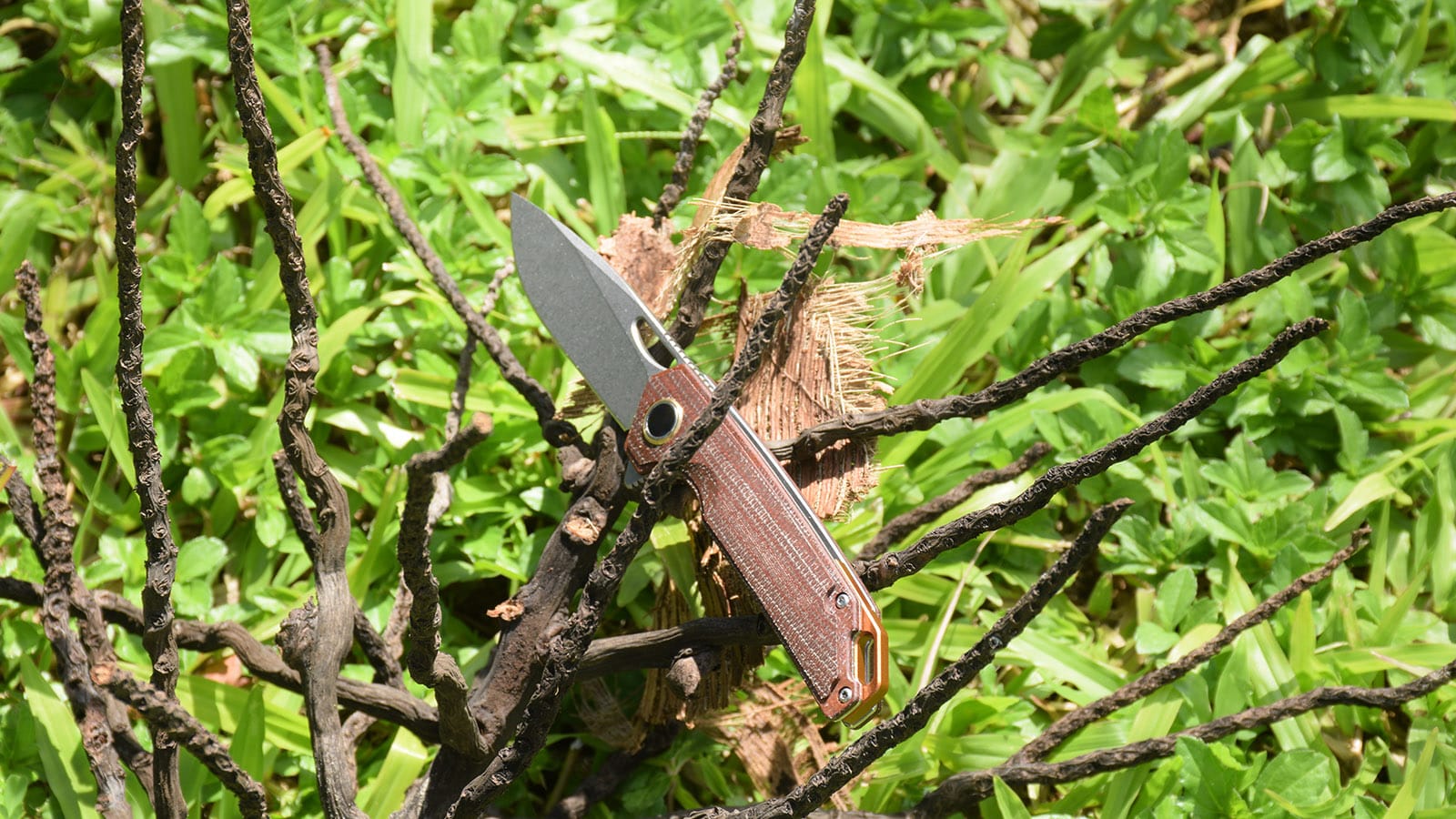
Den komplette guiden til knivslipere: Forstå hvordan de fungerer og hvordan du bruker dem
En skarp kniv er grunnlaget for ethvert godt kjøkken
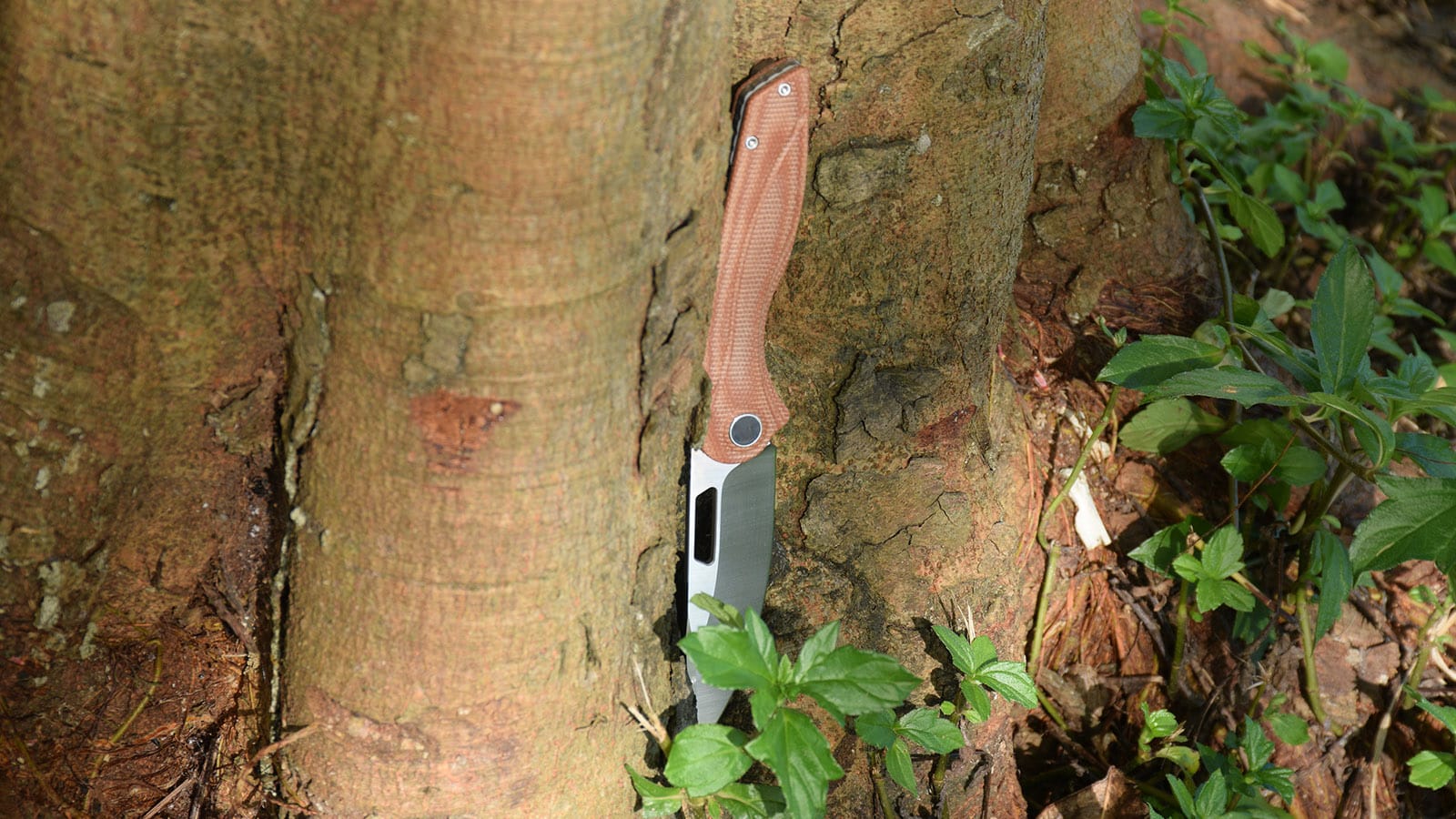
Er det lovlig å bære lommekniv i India? En komplett guide til knivlover
Forstå lovligheten av å bære lommekniv i India
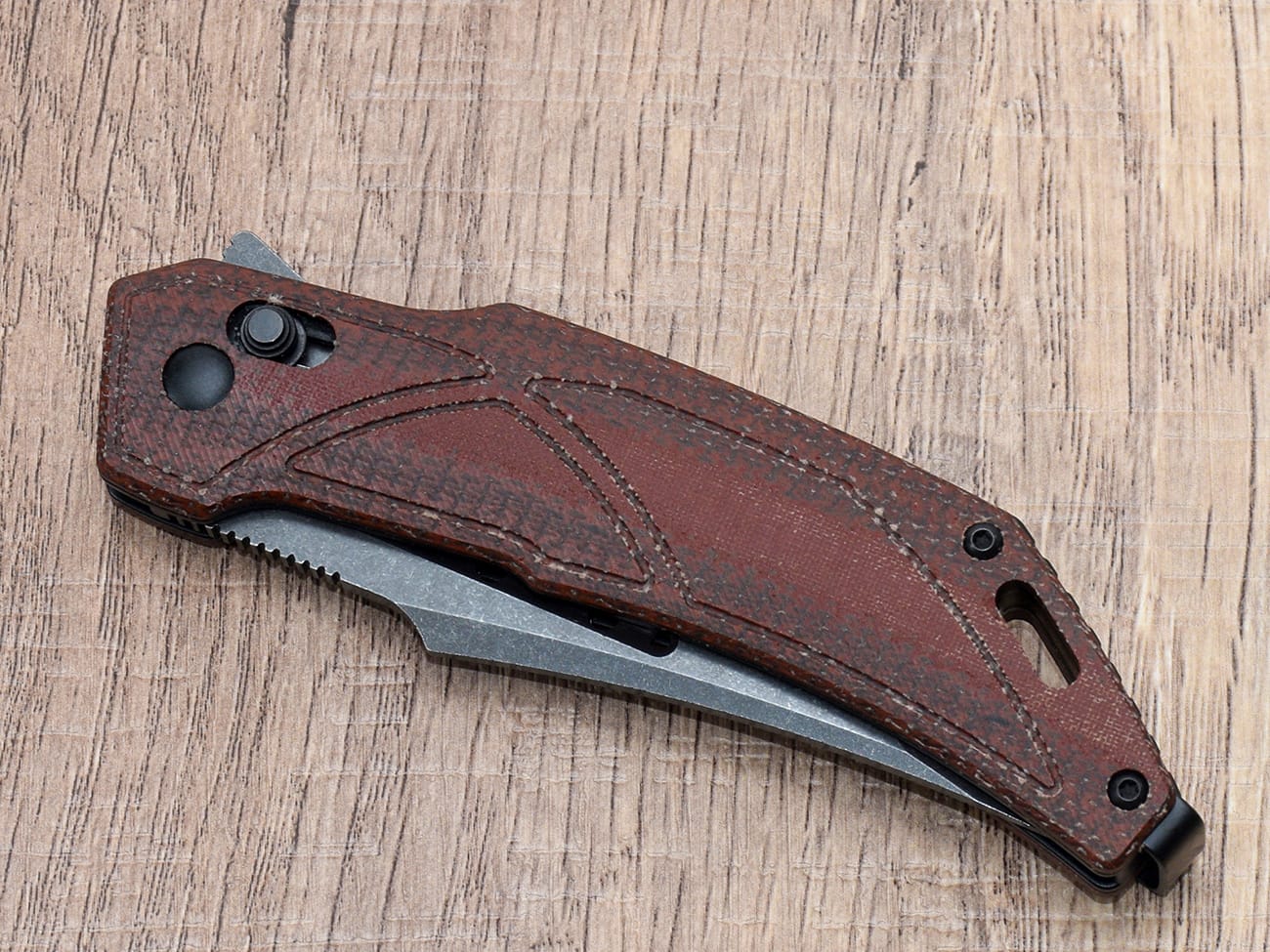
Slik vedlikeholder du lommekniven din - 6 tips for nybegynnere
Lommekniven er mer enn bare et verktøy; den er en pålitelig følgesvenn, enten du skal ut på eventyr eller utføre hverdagslige gjøremål. Men som alle andre verktøy krever den riktig pleie for å yte sitt beste. Hvis du forsømmer vedlikeholdet av kniven, kan det føre til rust, sløvhet eller dårlig funksjonalitet.
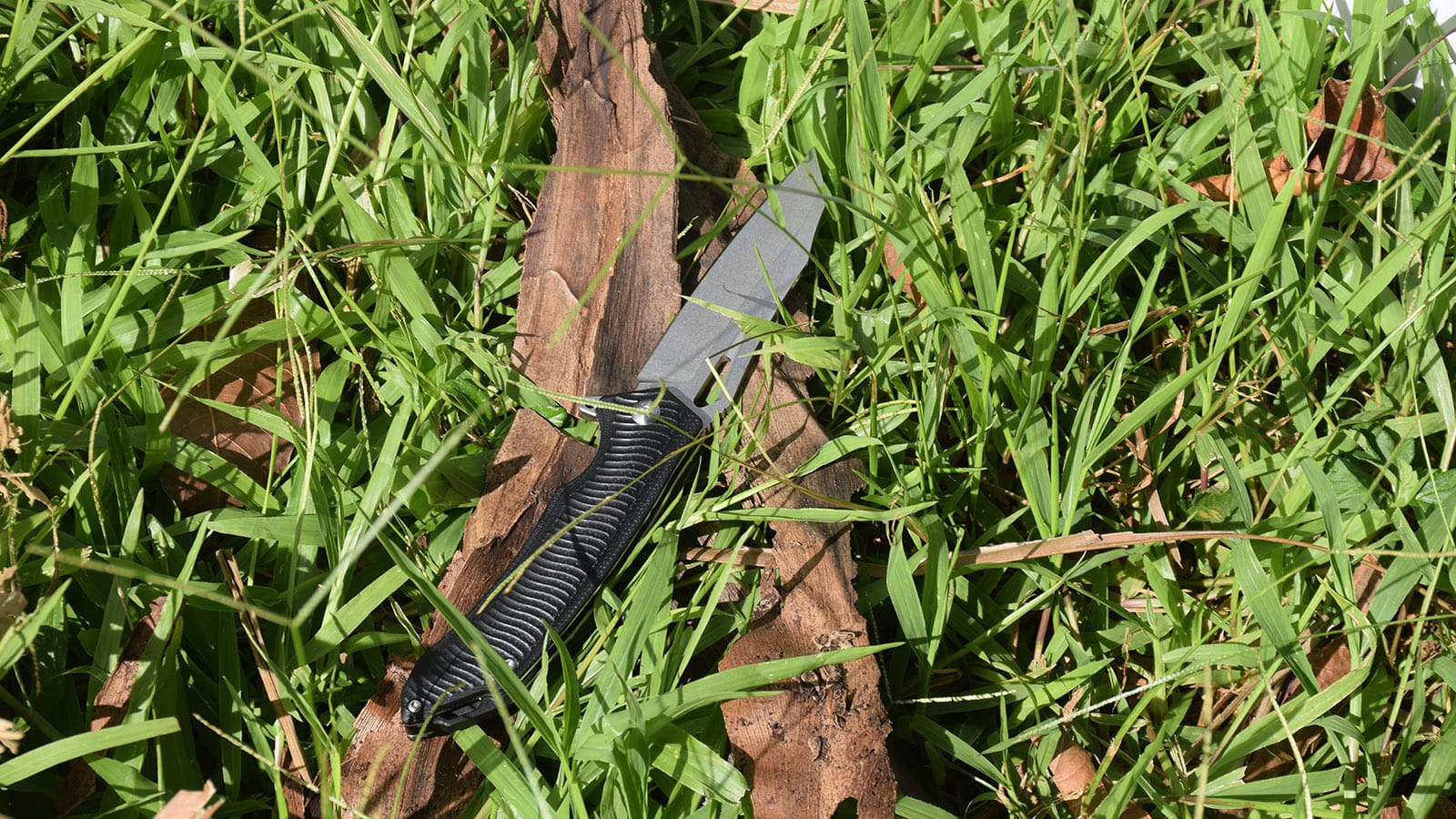
Blir kniver med skallhåndtak lett skadet? Sannheten om dette unike knivhåndtaket
Kniver med skjellhåndtak er en fascinerende blanding av naturlig skjønnhet og
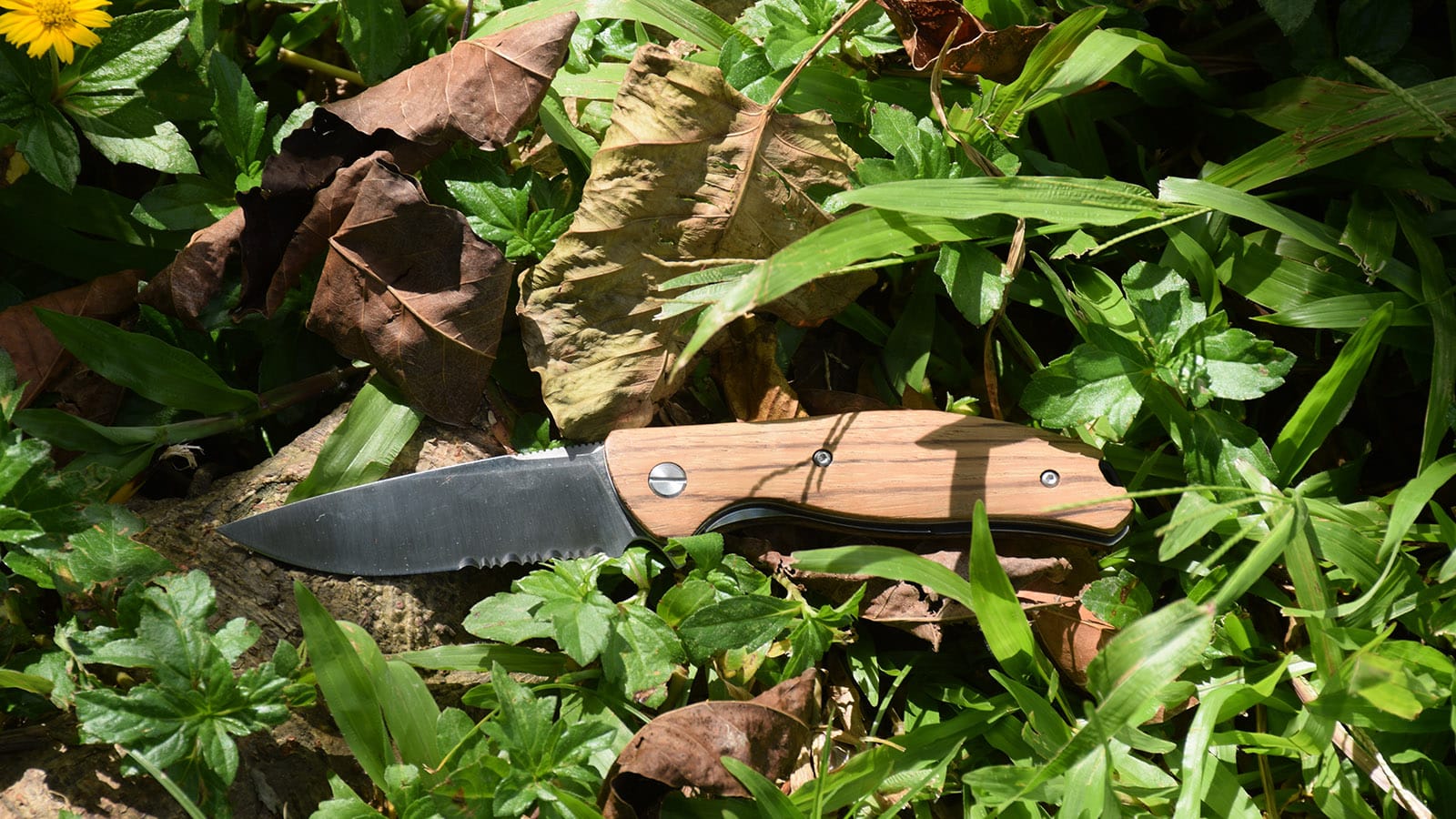
Den ultimate guiden til taggete kniver: Hvorfor du trenger en i samlingen din
Lurer du på om du skal velge en takket kniv eller en
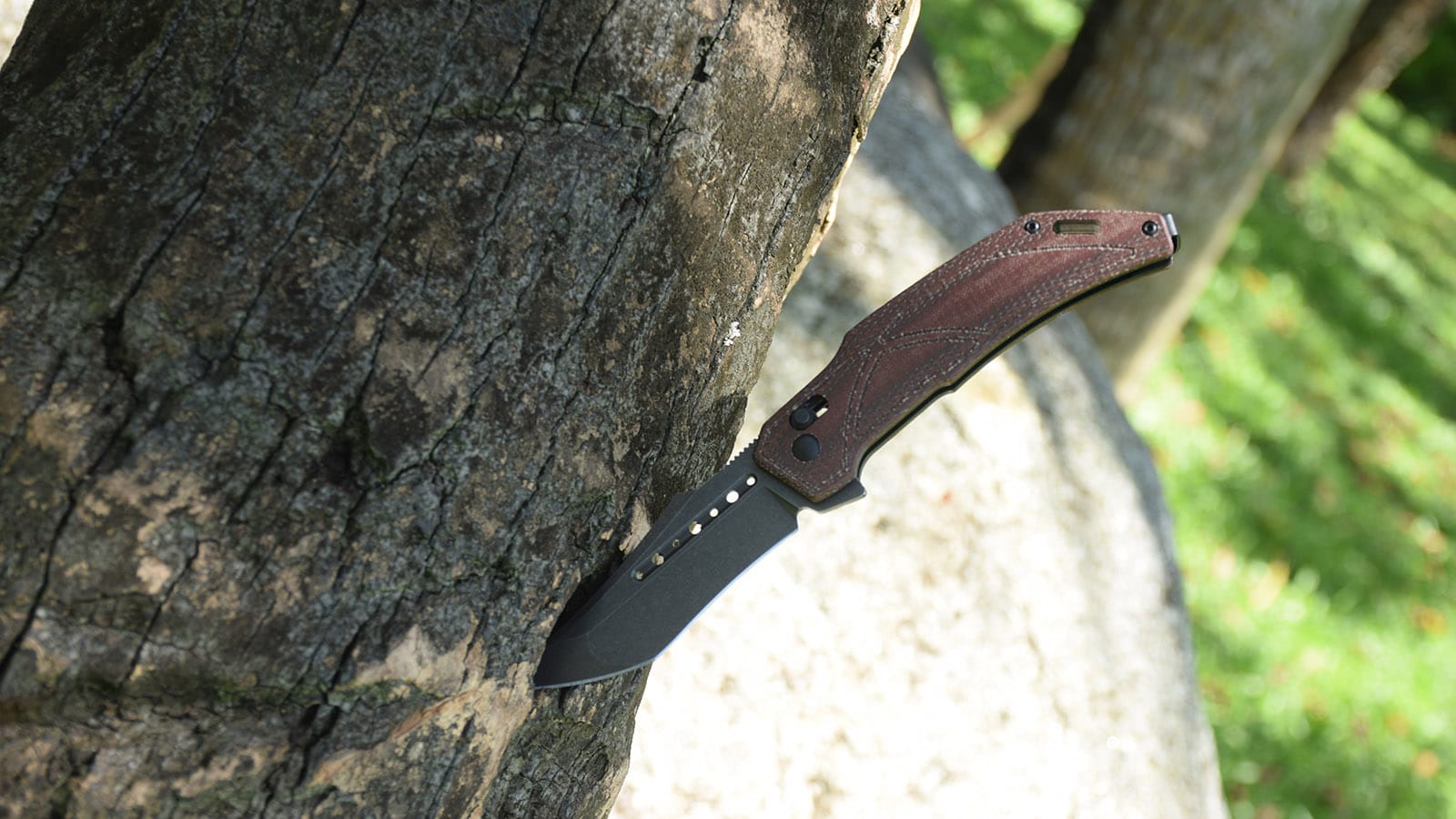
Forstå Rockwell Hardness: The Key to Knife Performance
Er du nysgjerrig på hva som gjør noen kniver skarpere og











